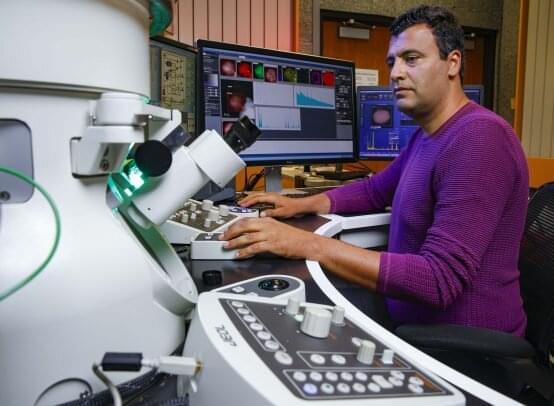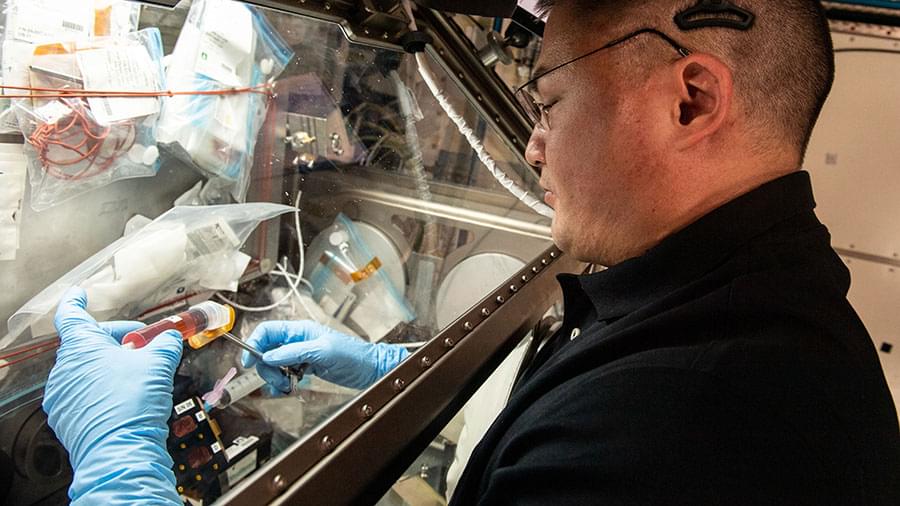A new study says that changing guidelines for forever chemicals have made rainwater all around the world unsafe to drink.
Rainwater is an important part of our planet’s ecosystem, and it helps fuel access to drinking water in many places. However, a new study suggests that rainwater is now unsafe to drink. The study says that “forever chemicals” have reached unsafe levels. These forever chemicals are scientifically known as per-and poly-fluoroalkyl substances (PFAS), and they don’t break down in the environment.
You can find PFAS chemicals in non-stick and stain-repellent properties. As such, they’re found in a lot of household food packages, electronics, and even cosmetics and cookware. However, it seems that these chemicals are now mixing with our rainwater. As a result, it has made rainwater unsafe to drink. And researchers say they can’t tie this issue to just one location. It’s everywhere in the world, even in Antarctica.
The researchers say that the guideline levels for forever chemicals have dropped significantly over the past 20 years. That’s because new insight into just how toxic these chemicals are to the human body has come to light. As such, the values for PFAS in drinking water to be considered toxic have dropped quite a bit. As a result, the current levels of one particular chemical would deem rainwater unsafe to drink.








